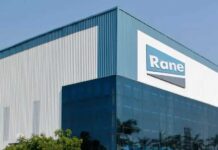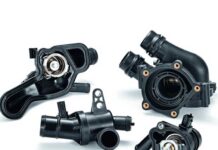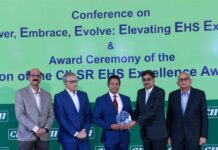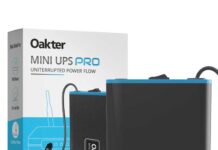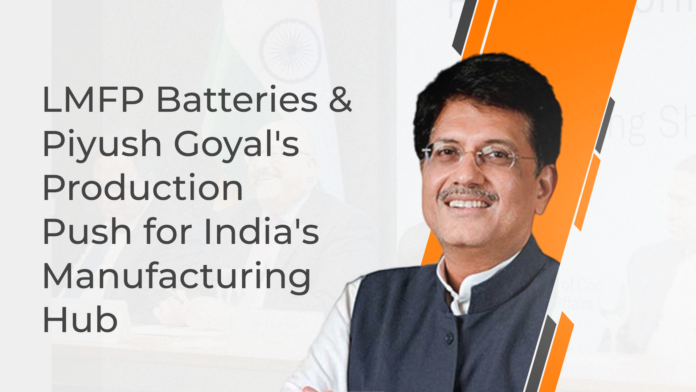
Union Minister Piyush Goyal has called upon the country’s industrialists to ramp up production activities, contributing to India’s transformation into a global manufacturing hub. As India strives to bolster its manufacturing capabilities, it’s crucial for the industrial sector to accelerate production, fostering economic growth and global competitiveness.
Why LMFP Batteries Are in the Spotlight
The surge in the popularity of electric vehicles (EVs) has sparked a quest for advanced battery chemistry. Among the contenders, Lithium iron Phosphate (LFP) and Nickel Cobalt Manganese (NCM) batteries have taken the lead. However, a new entrant, Lithium Manganese Iron Phosphate (LMFP) technology, is gaining attention due to its remarkable attributes.
Advantages of LMFP Batteries
LMFP batteries, akin to LFP, incorporate Manganese, enhancing their properties. These batteries offer the positive aspects of LFP batteries, such as affordability and robust thermal stability. They boast a higher energy density, exceptional low-temperature performance, and the ability to discharge power rapidly. With a higher theoretical energy density of up to 230 Wh/kg, LMFP batteries outshine LFP by 15%-20%.
While LMFP batteries cost approximately 21% more per kilogram than LFP batteries, their cost per watt-hour is about 5% lower, making them a cost-effective choice for applications demanding high performance. Notably, they are ideal for electric vehicles and large-scale stationary energy storage solutions.
Innovations in LMFP Technology
Organizations are diligently working to reduce the cost of LMFP technology. Current LMFP production methods closely resemble those of LFP, involving iron phosphate. In the future, cost-saving approaches like using powdered manganese iron ore and phosphoric acid may be adopted.
Manufacturers are also exploring cost-effective materials for LMFP production. Some are experimenting with low-cost metal oxides and common inorganic chemical raw materials, enhancing electrochemical performance through ion doping and carbon coating.
Despite these advancements, LMFP batteries have some drawbacks, including poor conductivity and a limited life cycle. To address these issues, manufacturers are considering blending LMFP with other chemistries, such as NCM, resulting in a hybrid cathode material that offers enhanced safety and cost-effectiveness without compromising performance.
The Ascendancy of LMFP
Battery Original Equipment Manufacturers (OEMs) are increasingly focusing on LMFP batteries. Several manufacturers plan to introduce LMFP batteries, and one leading EV manufacturer is developing its own LMFP composition.
In the Indian market, specific needs and environmental factors play a crucial role in battery performance. While LFP batteries are advantageous for their thermal stability, LMFP batteries are emerging as a suitable option for applications requiring higher energy density. A domestic battery manufacturer in India claims to offer the country’s first LMFP batteries for the EV industry.
Moreover, the establishment of the li-ion battery manufacturing value chain, supported by the government’s Advanced Chemistry Cell Production Linked Incentive (PLI) Scheme, further incentivizes battery OEMs to embrace LMFP technology.
The Road Ahead
India’s quest for nickel- and cobalt-free alternatives to mitigate supply chain constraints and reduce costs has seen the ascent of LFP batteries. With LMFP in the mix, the prospect of a low-cost, high-range, safe, and reliable battery future for electric vehicles is promising. The LMFP technology is poised to contribute significantly to India’s pursuit of a robust manufacturing hub and sustainable EV ecosystem.


